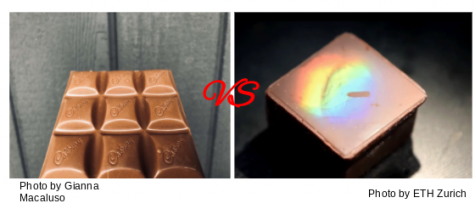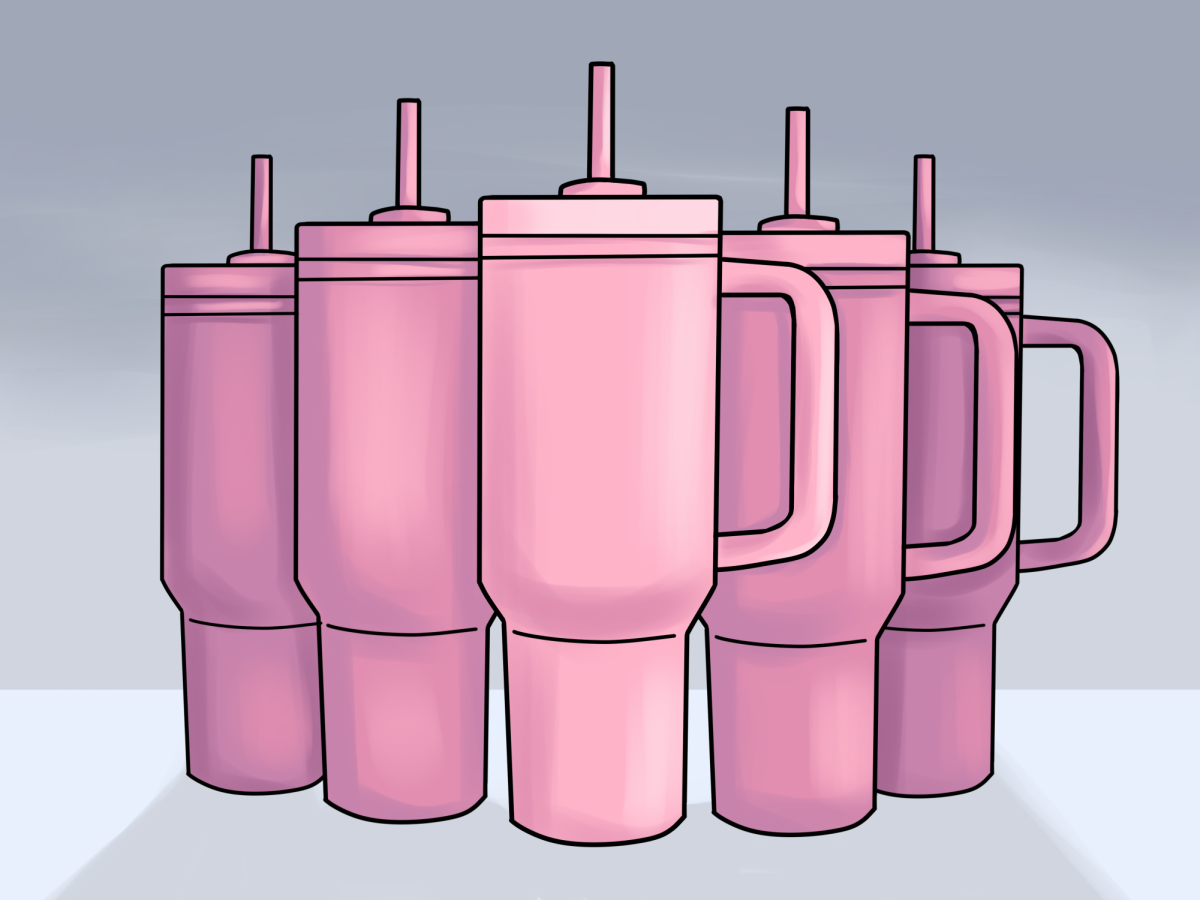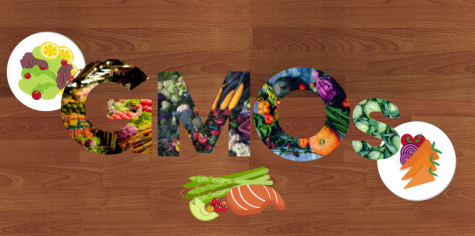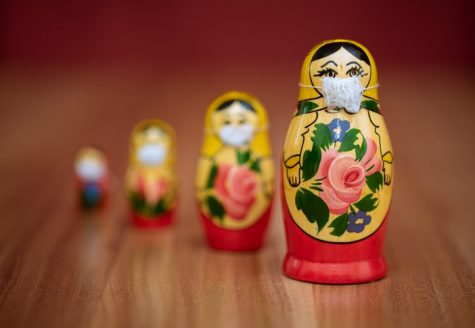Scientists Create Shimmering Rainbow Chocolate
July 31, 2020
In December of 2019, scientists from ETH Zurich and FHNW University of Applied Sciences and Arts Northwestern Switzerland filed a patent for the process of creating shimmering chocolate without the addition of colorants.

Traditional methods, such as food coloring, have been used to add color to chocolate for a long time. However, the ETH researchers were able to create a shimmering rainbow effect without the use of artificial colorants. The effect is achieved through a surface imprint that produces what scientists refer to as a ‘structural color.’
“The process is similar to a chameleon, whose skin surface modulates and disperses light to display specific colors,” ETH Zurich stated in a press release.
The story of shimmering rainbow chocolate began in the hallways of the university building where food scientist Patrick Rühs, materials scientist Etienne Jeoffroy, and physicist Henning Galinski chatted about chocolate during their coffee break.
The conversation had started on whether it is possible to make chocolate in colors other than brown and white. Intrigued by the complexity of the topic, Rühs, Jeoffroy, and Galinski took their idea to the university kitchen where they have their morning coffee every Friday.
Kitchen Experiments:
Two and a half years ago, the trio of researchers began documenting the properties of chocolate and what gave chocolate its brown color. They used the information to design a prototype for colorful chocolate without any artificial colorants. The first possible solutions they came up with were almost playful, and practical implementation remained challenging.
The first experiment involved trials of structural colors based on edible coatings of gold and titanium oxide. If thick enough, the coating of titanium oxide would cause golden yellow or deep blue coloration on the brown chocolate. However the scientists deemed this process impractical. Not only was the production too complex, but the melting point of chocolate, 31°C (87.8°F), made coating very tricky.
The scientists reached a conclusion that they needed to come up with a solution without additives.
Breakthrough:
The researchers opted to make an impression on the surface of the chocolate rather than create a coating.
At this point they enlisted the help of materials science student, Anita Zingg, who was testing such a technique as part of her masters project.
Through some trial and error, the scientists struck rainbow: colorful shimmer appeared on the surface of the chocolate. The scientists continued to refine the process and the slight shimmer turned into a colorful glow.
Off to the Market:
With the help of Per Magnus Kristiansen and Jerome Werder, two experts in surface coatings at the FHNW University of Applied Sciences and Arts Northwestern Switzerland, the group created a mold to imprint more than one chocolate at a time.
After filing a patent for the process of imprinting on chocolate surfaces, the scientists contacted various chocolate manufacturers (most of whom are in Switzerland) and are currently in discussions to implement their coloring solution commercially soon.
Spin off Work:
In May 2020, Sam Kamkar shared a similar creation on Twitter.
Kamkar is not a chocolatier but the owner of an internet security company, Openpath. He is notoriously known for releasing a virus on MySpace in 2005. Aside from this, Kamkar also owns a 3-D printer and has a predilection for experimenting with food.
At first, Kamkar considered making an iridescent effect on hard candy, but then deemed it to be too easy.
“Chocolate, with its melty gooeyness, seemed like a bigger challenge [to Kamkar]” said a New York Times reporter.
Within two months, Kamkar managed to create a repeatable technique for producing shimmering chocolate. He designed a 3-D model for casting that included a saw-tooth wave pattern. With each groove being a few micrometers wide, the chocolate adapted the inverse pattern of the surface when poured.
Kamkar prepared the chocolate for the mold by tempering it (repeatedly cooling and melting the chocolate in a calibrated sequence). Each step allowed certain crystalline structures to form, giving the chocolate optimum properties.
The principle behind the shimmering rainbow chocolate is diffraction – when light interacts with a surface and is pulled or drawn apart. On an object with uniform lines and edges, like Kamkar’s 3-D molded chocolate, diffracted light becomes the dominant light you see, creating iridescence. The same process – parallel grooves reflecting varying wavelengths of light – creates rainbows on the chocolate surface.
“Anyone can do this at home,” says Kamkar. “There’s no coating. There’s no special ingredient. It’s the surface texture of the chocolate itself that’s producing [the shimmer].”













